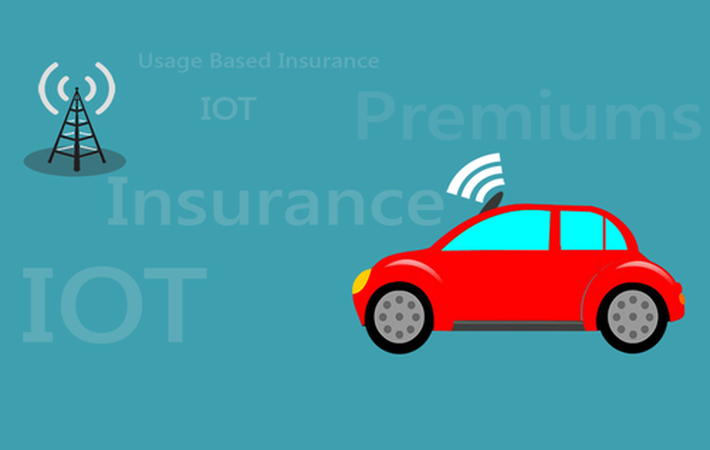
Published on 12/14/2016 | Use Cases
Usage-Based Insurance (UBI) is an innovation that aligns driving behaviours with premium rates for vehicle insurance. Mileage and driving behaviours are tracked using telematics devices that are installed in a vehicle or already integrated during manufacturing. The basic idea of integrating telematics with vehicle insurance is to get driver's behaviour monitored directly in near real time.
These telematics devices measure a number of parameter like miles driven; time of day; where the vehicle is driven; rapid acceleration; hard braking; hard cornering; and air bag deployment. The level of data collected depends on the telematics technology used and the willingness to share personal data. The insurance company then assesses the data and charges insurance premiums accordingly. For example, a driver who drives long distance at high speed will be charged a higher rate than a driver who drives short distances at slower speeds. With UBI, variety of business models can be launched by insurance companies which will be beneficial to insurer and consumer.
The pricing with UBI deviates from that of traditional vehicle insurance. Traditional insurance depends on historical data to produce rating factors that include driving record, credit-based insurance score, personal characteristics (age, gender, and marital status), vehicle type, vehicle use, previous claims etc.
Premium discounts on traditional vehicle insurance is usually limited to the bundling of insurance on multiple vehicles or types of insurance, protection devices (like airbags), driving courses. Policyholders tend to think of traditional vehicle insurance as a fixed cost, assessed annually and usually paid for in lump sums on an annual basis. However, studies show that there is a strong correlation between claim and loss costs and mileage driven. For this reason, many UBI programs seek to convert the fixed costs associated with mileage driven into variable costs that can be used in conjunction with other rating factors in the premium calculation. UBI has the advantage of utilizing individual and current driving behaviours, rather than relying on aggregated statistics and driving records that are based on past trends and events, making premium pricing more personalised and precise.
UBI programs offer many advantages to insurers, consumers and society. Linking insurance premiums to actual individual vehicle or fleet performance allows insurers to more accurately price premiums. This increases affordability for lower-risk drivers, many of them are also lower-income drivers. It also gives consumers the ability to control their premium costs. Insurer need to incentivise them to adopt safer driving habits. Safer driving also helps in reducing accidents, congestion, and vehicle emissions.
The use of telematics helps insurers accurately estimate accident damages and reduce fraud by enabling them to analyse the driving data. This additional data can also be used by insurers to have more differentiating UBI products.
Additionally, the safety benefits offered with many telematics UBI programs also help to lower the number of accident and vehicle theft related costs by improving accident response time and allowing for stolen vehicles to be tracked and recovered, monitoring driver safety etc. Besides, a host of other cases like, finding vehicles in no parking zones; how consistent is car servicing; tracking traffic rule violators. These will effectively improve in customer support in case of accidents resulting in a proactive response from the insurance company.
Due to tracking and driver behaviour information in UBI, same has raised privacy concerns. As a result, there is slow adaption rate. So to address these concerns, the system should limit the data they collect.
Implementing a UBI model, that utilizes telematics, can be costly and resource intensive. So these business models depend heavily on multi-industry collaboration. Regulatory bodies also plays critical role in success of IoT in insurance sector by creating a strong foundation that lead to adoption of new innovations.
UBI has opened up new avenues for other organizations to develop new business models based in the huge data set that will be generated with a common objective of sustainable business and society.
This article was originally posted on ET Telecom.